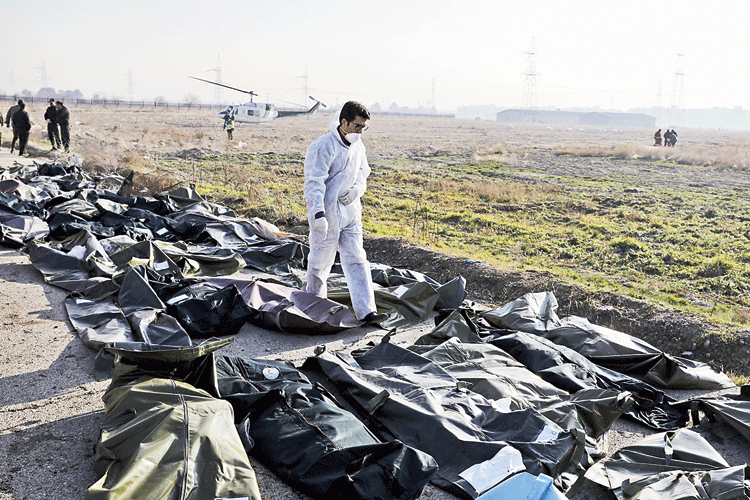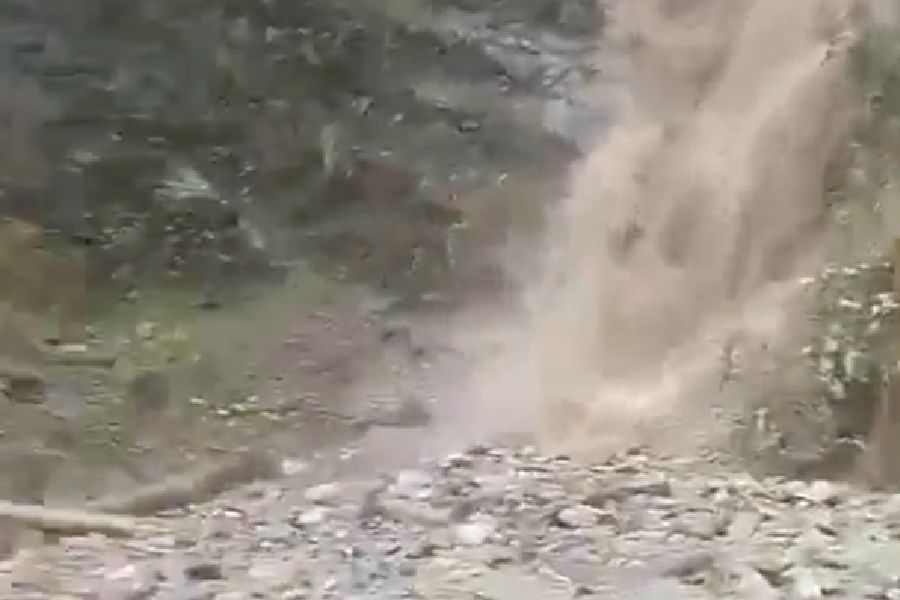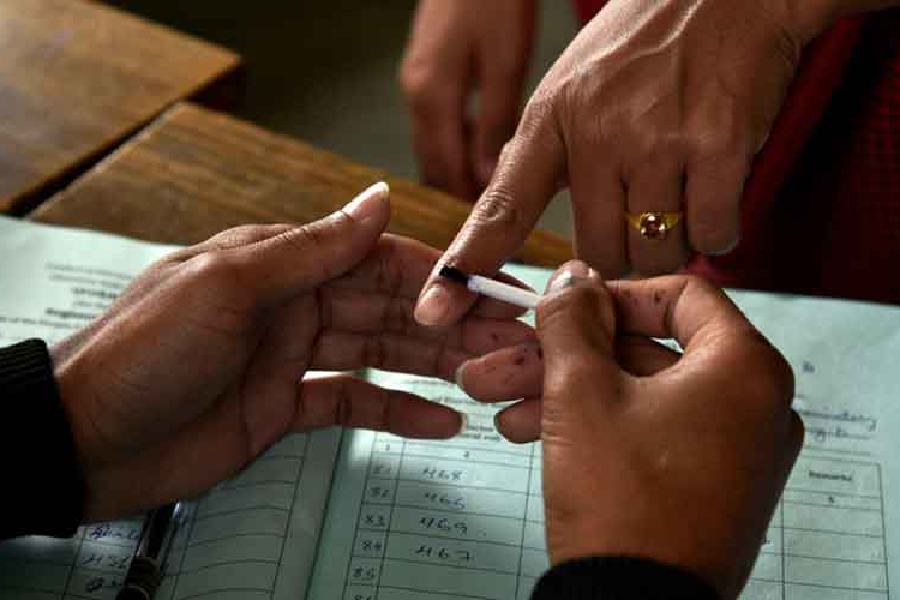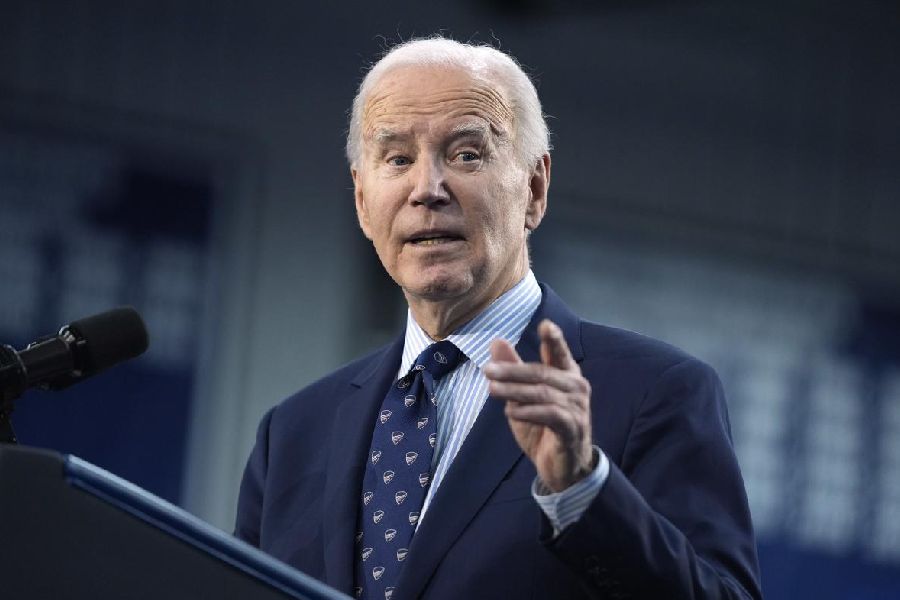Under increasing pressure to defend the killing of a top Iranian general in Iraq, senior Trump administration officials offered new justifications but little detail on Tuesday, citing threats to the American embassy in Baghdad and intelligence suggesting other imminent attacks that helped prompt the strike.
Democrats stepped up their criticism of intelligence that the administration provided immediately after the drone strike last week that killed Major General Qassem Soleimani, the leader of Iran’s Islamic Revolutionary Guards Corps. The administration’s formal notification to Congress, which remains classified, provided no information on future threats or the imminent attack, officials who have read it said.
Several said it was improperly classified, and Senator Richard Blumenthal, Democrat of Connecticut, called it “vague and unacceptably unspecific”. Lawmakers pressed for more answers on Tuesday at an intelligence briefing by administration officials.
Iranian forces or their proxies were days from attacking American personnel when President Trump decided to strike General Suleimani, defence secretary Mark T. Esper told reporters at the Pentagon.
Esper added that General Suleimani had travelled to Baghdad to coordinate attacks following up on a two-day siege of the US embassy there last week by pro-Iranian demonstrators. He declined to elaborate but called the intelligence “exquisite”.
Trump was more forceful but no more specific. General Suleimani “was planning a very big attack and a very bad attack for us and other people”, Trump told reporters in the Oval Office. “And we stopped him.”
Their defence of the killing came as Tehran launched its initial response, firing a dozen ballistic missiles early Wednesday from Iranian territory targeting American forces in Iraq’s Anbar Province and Kurdish region. A Pentagon official confirmed that the missiles were launched at bases hosting American forces, but provided no initial damage assessment.
Iran’s supreme leader, Ayatollah Ali Khamenei, ordered a direct and proportional response to the Suleimani killing, not the kind of covert action through proxy forces that Tehran has traditionally employed.
As the threats from Tehran increased, several Nato allies conducting training for Iraqi troops — including Canada, Germany and Croatia — decided at least temporarily to remove some troops from Iraq.
Canada, which leads the Nato training mission, announced it was withdrawing its 500 troops and sending them to Kuwait.
Fuelled by what they have called weak and inadequate briefings from the administration, Democrats grew increasingly vocal in their scepticism, arguing the administration has a high burden to meet to show that the strike was justified.
Some drew comparisons to the flawed intelligence on weapons of mass destruction used to justify the 2003 invasion of Iraq and the recent revelations about the failures of the war in Afghanistan.










